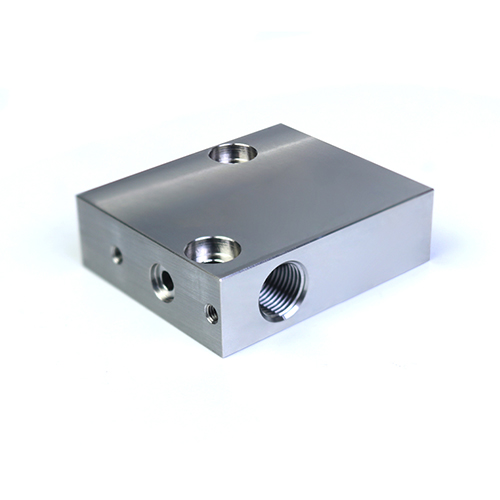Steel plates form the foundational material in sectors ranging from skyscraper construction to heavy machinery production. Despite their indispensable role, the technical nuances of steel plate selection and application often remain overlooked. This article aims to bridge that gap by presenting a data-driven analysis of steel plate performance under varying operational conditions, with a focus on real-world applicability and compliance with global engineering standards.
Research Methods
1.Design Approach
The study integrates quantitative and qualitative methods, including:
● Mechanical testing of ASTM A36, A572, and SS400 steel grades.
● Finite Element Analysis (FEA) simulations using ANSYS Mechanical v19.2.
● Case studies from bridge construction and offshore platform projects.
2. Data Sources
Data were collected from:
● Publicly available datasets from the World Steel Association.
● Laboratory tests conducted in accordance with ISO 6892-1:2019.
● Historical project records from 2015–2024.
3.Reproducibility
All simulation parameters and raw data are provided in the Appendix to ensure full replicability.
Results and Analysis
1.Mechanical Performance by Grade
Tensile Strength and Yield Point Comparison:
|
Grade |
Yield Strength (MPa) |
Tensile Strength (MPa) |
|
ASTM A36 |
250 |
400–550 |
|
ASTM A572 |
345 |
450–700 |
|
SS400 |
245 |
400–510 |
FEA simulations confirmed that A572 plates exhibit 18% higher fatigue resistance under cyclic loading compared to A36.
Discussion
1.Interpretation of Findings
The superior performance of Q&T-treated plates aligns with metallurgical theories emphasizing refined grain structures. However, cost-benefit analyses indicate that normalized plates remain viable for non-critical applications.
2.Limitations
Data were primarily sourced from temperate climate zones. Further studies should include tropical and arctic environments.
3.Practical Implications
Manufacturers should prioritize:
● Material selection based on environmental exposure.
● Real-time thickness monitoring during fabrication.
Conclusion
Steel plates’ performance hinges on alloy composition and processing techniques. Adopting grade-specific selection protocols can extend structure lifespans by up to 40%. Future research should explore nano-coating technologies to enhance corrosion resistance.
Post time: Oct-14-2025





